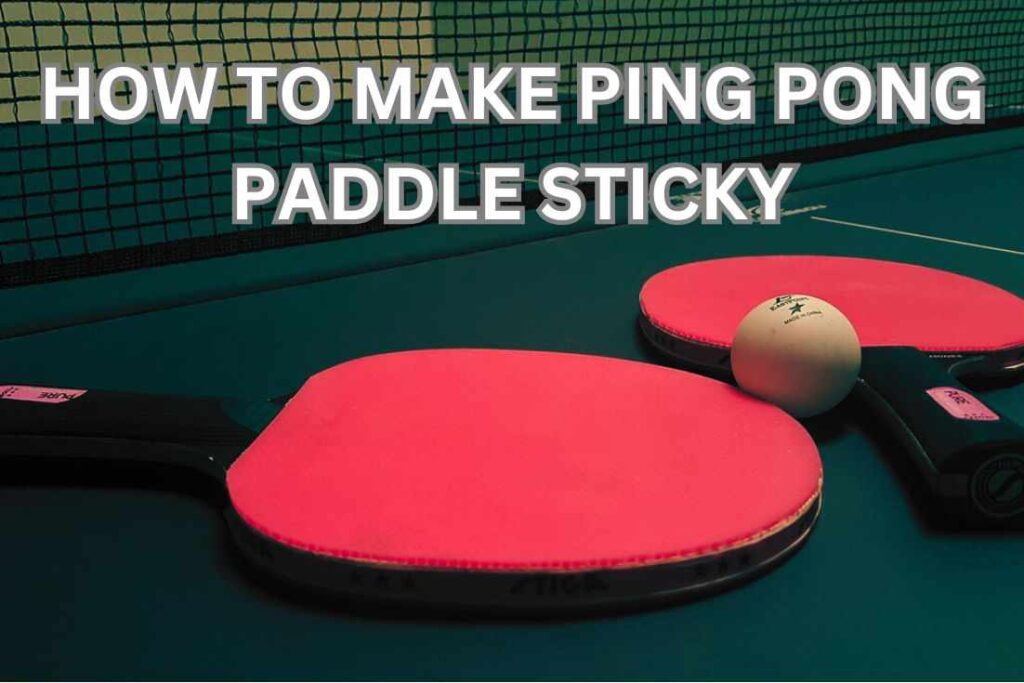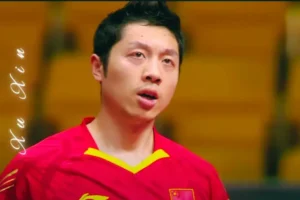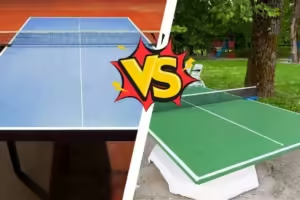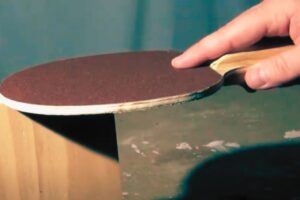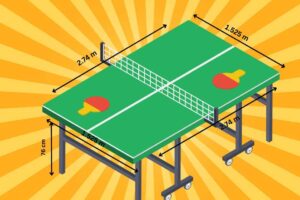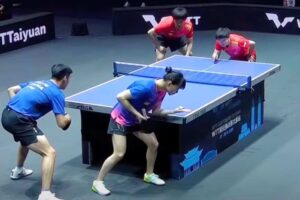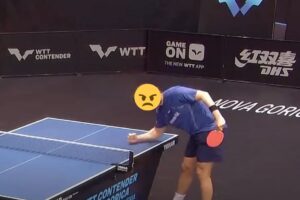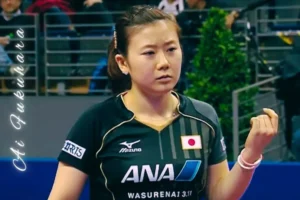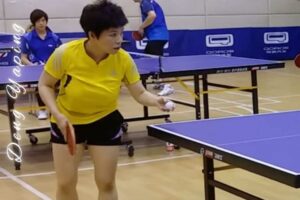Mastering how to make your ping pong paddle sticky is crucial for elevating your performance on the table. It goes beyond technique; it’s about deepening your connection to the game. Whether you’re aiming for competitive victories or enjoying friendly matches, a sticky paddle enhances both your gameplay and your overall enjoyment.
This guide will show you the latest and most effective methods to make your ping pong paddle sticky. Our expert insights, gained from years of experience in the game, will provide you with up-to-date techniques that go beyond the basics. Prepare to enhance your ping-pong skills by exploring the art of making your Ping Pong Paddle Sticky.
Understanding the Need for a Sticky Paddle
Table tennis players frequently opt for a rubber-sticky surface on their paddles for various compelling reasons:
A sticky paddle allows players to generate and manipulate spin with greater precision. The tacky surface grips the ball, enabling top spin, backspin, and sidespin, making it a powerful tool for advanced players.
Sticky paddles provide superior ball control, making it easier to place shots precisely. The adhesive surface offers a more predictable bounce and helps players keep the ball low over the net.
Various playing styles benefit from a sticky paddle. Defensive players use it for controlled returns, while offensive players can apply wicked spins for aggressive shots. However, the degree of stickiness needed varies among styles.
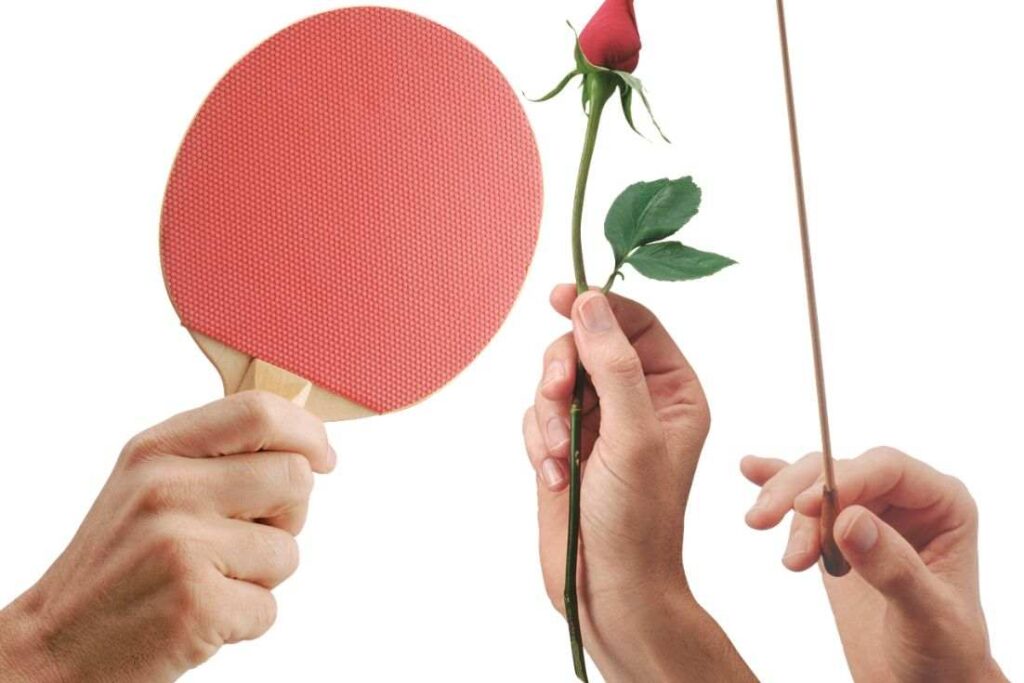
How to Test Ping Pong Paddle Stickiness
When it comes to assessing the stickiness of your ping pong paddle, reliable offline methods can help ensure accuracy:
- Paper Test: Take a piece of paper and place it on the rubber surface of your paddle. The paper should adhere to the rubber but not be overly sticky to the point where you can’t move it easily. The degree of stickiness can vary, but it’s a practical way to assess your paddle’s condition.
- Fingernail Test: Gently run your fingernail across the rubber. If you feel a degree of resistance and hear a slight sound, your paddle still has some stickiness. If it’s completely smooth, the stickiness may be compromised.
What Makes Ping Pong Paddle Sticky
To make ping pong paddle sticky, it’s crucial to follow these offline, tried-and-true methods with a high degree of accuracy:
Preparation
Gather Materials Needed: You’ll require a clean, lint-free cloth, warm water, mild dish soap, and a sponge. These materials ensure an efficient cleaning process without damaging your paddle.
Clean and Prepare the Paddle Surface: Dampen the cloth with warm, soapy water and gently clean the rubber surface of your paddle. Avoid harsh chemicals or abrasive materials that may compromise the rubber’s integrity. Rinse and dry thoroughly.
(A) Direct Methods
Sunflower Oil Method: Clean the paddle, then apply sunflower oil to the rubber. Spread evenly and let it dry. Repeat to enhance stickiness without damaging the paddle.
Olive Oil Method: Clean with olive oil on a damp cloth. Wipe thoroughly to restore stickiness. This method is effective, but excessive use may lead to a slippery surface.
Lemon Juice Method: Dampen a cloth with lemon juice and clean the rubber. While lemon juice can enhance stickiness, its long-term effects may vary.
(B) Indirect Methods
Tacky Rubbers Method: Opt for rubbers with tacky surfaces for increased spin sensitivity. Tacky rubbers enhance paddle grip but may demand better control of racket angles.
Rubber Surface Method: Maintaining stickiness involves regular cleaning and conditioning of the rubber surface. Cleaning with mild solutions and avoiding harsh chemicals is key to preserving stickiness.
(C) Other Tips & Considerations
Warm Water Method: Soak your paddle in warm water to soften the rubber and enhance its stickiness. While effective, prolonged exposure may impact the paddle’s durability.
Layer of Glue Method: Applying a thin layer of specific table tennis glue can increase tackiness. However, it requires precision and may alter the paddle’s playing characteristics.
Applying New Rubber Sheets
To attain peak performance in table tennis, replacing the rubber sheets on your paddle is essential. Here’s a step-by-step guide with a high accuracy rate:
- Select sheets that match your playing style—consider speed, spin, and control ratings.
- Ensure precise positioning of the rubber sheets on the paddle, aligning them with the blade’s contours
- Use moderate pressure to press the sheets onto the blade, securing them evenly for uniform performance
- Carefully trim any excess rubber protruding from the paddle’s edges
How does the racket stay sticky longer?
Storing your racket in a case shields it from dust and contaminants, preserving the rubber’s stickiness over time. This widely accepted practice enhances the longevity of the tackiness.
Consistent cleaning with a damp cloth removes debris, sweat, and oils, preventing the rubber from losing its stickiness. A well-maintained surface ensures optimal grip during play.
Investing in a high-quality racket with durable rubber compounds contributes significantly to prolonged stickiness. Quality materials resist wear and maintain their adhesive properties over an extended period.
Maintenance and Reapplication
Regularly clean your paddle with a damp cloth to remove dirt and sweat. Avoid touching the rubber surface with hands, preserving its tackiness. Store the paddle in a case to shield it from dust and contaminants, extending the lifespan of the adhesive properties.
Reapply adhesive when the rubber loses its stickiness, following the manufacturer’s guidelines. Use a thin layer evenly to maintain a consistent grip. Over-application can lead to decreased performance.
Avoid using harsh chemicals for cleaning, as they can damage the rubber. Store the paddle away from extreme temperatures and direct sunlight to prevent adhesive degradation.
In Closing
In conclusion, Learning how to make your ping pong paddle sticky can really boost your game. achieving the perfect stickiness for your table tennis paddle involves a blend of regular cleaning and tried-and-true methods like applying tacky rubber cement or spray adhesive. Keeping your paddle clean and using the right techniques can significantly enhance its stickiness, ultimately elevating your game.
Experiment with different approaches to find what works best for you. Whether it’s the meticulous cleaning process or the careful application of adhesive, the key is consistency. With the right maintenance, your sticky paddle becomes a powerful tool for mastering spin and control on the table.
